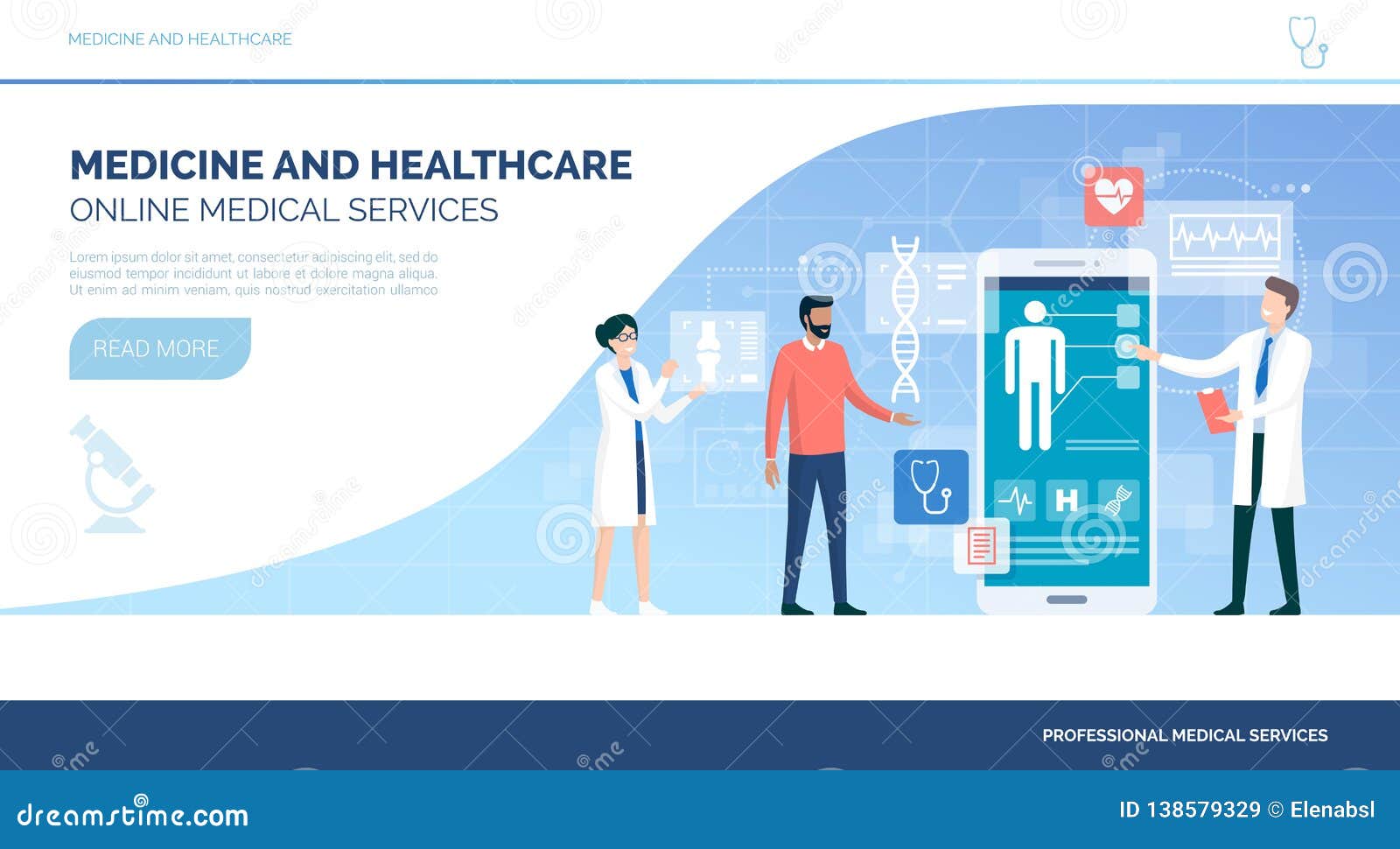Unlocking the Secrets of Subscription Based Healthcare for Better Patient Outcomes
Unlocking the Secrets of Subscription Based Healthcare for Better Patient Outcomes
Blog Article
Comprehending the Cost-Effectiveness of Subscription-Based Healthcare Versions
As the healthcare landscape advances, subscription-based designs become a compelling option, promising to redefine exactly how people manage medical costs. Evaluating these models' cost-effectiveness demands a nuanced contrast with standard insurance, considering both monetary effects and patient contentment. While they use openness and predictability in costs, concerns stay about their ability to meet diverse health care demands, specifically for specialized therapies. The point of views of doctor better complicate this formula, presenting a multifaceted obstacle. What does the future hold for these models, and can they really provide on their assurance of easily accessible, cost effective care?
Overview of Subscription-Based Designs
Subscription-based medical care designs, occasionally referred to as straight medical care or attendant medicine, are increasingly acquiring focus as a prospective service to inefficiencies within traditional medical care systems. These models operate the principle of offering individuals direct access to doctor via a monthly or annual fee, bypassing the requirement for standard insurance coverage devices. This setup intends to enhance patient-provider interactions by decreasing administrative worries, which often impede customized and prompt care.
At the core of subscription-based versions is the focus on a more individualized individual experience. People take advantage of boosted accessibility to their medical professionals, usually consisting of same-day or next-day appointments, expanded assessment times, and straight communication channels such as phone or video telephone calls. This design fosters an aggressive technique to healthcare, where clients and service providers can collaboratively concentrate on preventative care and persistent illness administration.

Price Comparison With Traditional Insurance

One of the key monetary benefits of registration designs is openness in costs. Alternatively, traditional insurance might be more helpful for individuals calling for specialized care or expensive therapies not covered under a subscription version, as they benefit from the broader insurance coverage network and cost-sharing mechanisms.
Nonetheless, cost-effectiveness is context-dependent. While registration models might supply savings for those mainly requiring health care, individuals with persistent conditions or specialized healthcare requirements might locate conventional insurance extra comprehensive. Evaluating details medical care demands and possible usage is critical in determining the most cost-effective choice for people.
Influence on Patient Satisfaction
Patient contentment within subscription-based health care versions frequently reflects a substantial enhancement over conventional insurance policy systems. Unlike conventional systems, where clients may experience hold-ups in obtaining care, subscription-based models ensure even more prompt and direct interactions with medical care service providers.
Additionally, the openness in costs related to subscription-based healthcare relieves the typical stress associated with unanticipated fees and complex payment procedures seen in typical insurance coverage (subscription based healthcare). Patients appreciate knowing the precise monetary commitment upfront, causing raised trust and confidence in their healthcare administration
Furthermore, the focus on preventative treatment and wellness in subscription versions adds to boosted wellness results, additionally improving person fulfillment. By focusing on ongoing health care as opposed to episodic treatment, individuals experience an even more holistic and continuous healthcare trip.
Furthermore, the boosted provider-patient partnership cultivated in these designs, characterized by even more time spent per individual and individualized interest, plays a crucial function in raising patient complete satisfaction levels, as people feel genuinely looked after and understood.
Company Experiences and viewpoints
From the supplier's point of view, subscription-based medical care models provide a transformative strategy to providing clinical solutions. These versions emphasize a positive and preventative healthcare method, allowing suppliers to concentrate on extensive client care without the restraints of read this post here standard fee-for-service setups (subscription based healthcare). This shift in focus frequently causes boosted person end results and increased service provider satisfaction, as medical care professionals can allot even more time and sources to individual interaction and customized treatment plans
In addition, membership models promote predictable income streams, which boost financial security for medical care suppliers. This predictability enables enhanced source planning and allowance, adding to a more effective medical care distribution system. Suppliers can purchase staff framework, innovation, and training enhancements, therefore enhancing the quality of care used.
Nonetheless, the change to subscription-based versions is not without challenges. Companies have to adjust to brand-new functional structures, which can entail substantial adjustments in payment practices and patient management systems. Furthermore, there is an integral demand for durable data monitoring to track person end results and make sure quality care. In spite of these hurdles, many service providers find that the advantages of boosted patient interaction and structured procedures outweigh the preliminary challenges, making subscription-based designs an eye-catching choice.
Future Leads and Difficulties

A primary obstacle is governing conformity, as registration models need to follow developing health care policies and insurance policy needs. This requires constant adjustment and development to make certain positioning with legal criteria. In addition, incorporating these versions right into existing medical care infrastructures can be intricate, requiring substantial financial investments in technology and training.
There is likewise the prospective danger of producing injustices in medical care access, as membership models could prefer those that can manage them, leaving prone populations underserved. Addressing this needs thoughtful consideration of pricing methods and aid devices to make certain inclusivity.
Conclusion
Subscription-based health care models offer a viable option to traditional insurance coverage by using monetary predictability and transparency, particularly benefiting people with chronic conditions or constant healthcare needs. The cost-effectiveness of these designs is contingent upon individual health care use patterns and situations.
Subscription-based health care versions, often referred to as direct primary care or concierge medication, are progressively getting attention as a prospective service to inadequacies within typical health care systems. Unlike traditional systems, where people could experience delays in obtaining care, subscription-based designs guarantee more straight and timely interactions with healthcare providers.
These designs emphasize a aggressive and preventative healthcare approach, enabling carriers to focus on comprehensive individual care without the restrictions of standard fee-for-service arrangements. As these designs continue to obtain traction, they offer the prospective to reinvent patient access to care, simplify solution distribution, and optimize healthcare investing.Subscription-based healthcare versions offer a viable option to typical insurance coverage by using financial predictability and openness, specifically profiting people with chronic problems or constant healthcare demands.
Report this page